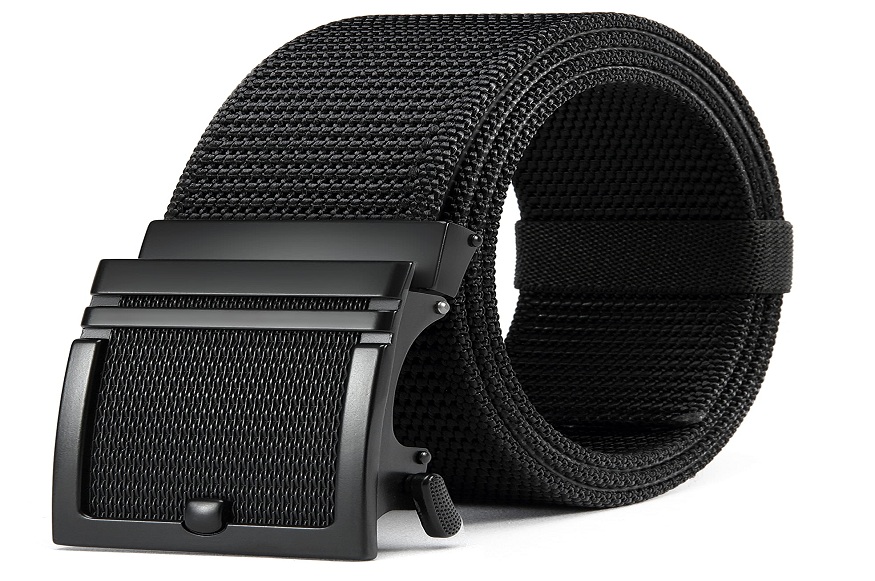Owning a gun is not enough; one must also have the knowledge and tools to wield and manage it safely and effectively. This article will cover the many facets of concealed carry training, such as the advantages of training, the dangers of carrying without appropriate training, selecting the appropriate holster, safe firearm handling and storage, mastering draw technique, building muscle memory and accuracy, including movement and shooting drills, preparing for high-stress situations, training for various environments and circumstances, assessing training progress, and ongoing education and training for best performance.
For effective and safe concealed carry training, establishing consistent draw strokes and re-holstering techniques with a reliable ratchet gun belt that securely positions your firearm is crucial
Realizing the Need for Concealed Carry Training
For those who decide to carry a gun for self-defense, concealed carry training provides many advantages. First and foremost, it gives people the information and tools needed to safely operate guns. This covers knowing the fundamental ideas of gun safety like treating every gun as if it is loaded, keeping the muzzle pointed in a safe direction, and keeping your finger off the trigger until ready to shoot. Concealed carry training also instructs people on how to correctly keep their guns when not in use, hence lowering the possibility of accidents or illegal access.
Moreover, concealed carry training enables people to acquire the abilities required to properly utilize their weapons in self-defense scenarios. This covers learning appropriate shooting methods including grip, posture, sight alignment, and trigger control. It also covers knowing how to fast and precisely pull your weapon from a holster as well as how to engage targets at several distances and under varied circumstances. Individuals who hone these abilities via training are better equipped to defend themselves and others in maybe life-threatening circumstances.
Conversely, using a gun without appropriate training can be quite dangerous. Lacking the information and abilities acquired via concealed carry training, people might not know how to properly or safely operate their weapons. Accidents, injuries, or even deaths could follow from this. People who carry without training can also lack complete knowledge of the legal and ethical obligations that accompany carrying a gun. They might not know how to de-escalate a possibly hazardous situation or when it is acceptable to employ lethal force. Legally and morally, this ignorance and lack of ability can have grave effects.
Selecting the Appropriate Holster for Your Concealed Carry
For individuals who carry a hidden weapon, selecting the appropriate holster is vital. A holster lets you carry your gun comfortably and discreetly by providing a safe and easily accessible storage option. Choosing a holster involves various considerations.
First and foremost, you want to make sure the holster has sufficient retention for your weapon. Retention is the capacity of the holster to keep your gun firmly in place even under physical activity or unexpected movement. Poor retention in a holster can cause your gun to slip out or become dislodged, which would be quite hazardous.
Comfort is another key element to take into account. Discomfort can cause distraction and lower performance, therefore you want a holster that is pleasant to use for long durations. Search for holsters constructed of premium materials with characteristics like cushioning or adjustable straps for extra comfort.
You also wish for a holster that enables a rapid and seamless pull. In a self-defense scenario, the last thing you want is a holster that compromises your capacity to access your gun quickly and effectively. Seek for holsters that let you draw your gun unobstructed and smoothly by providing a safe yet accessible fit.
Conclusion
Those who carry a gun for self-defense must train for concealed carry in many settings and circumstances. In a real-world self-defense scenario, you could find yourself in many settings including low-light circumstances, limited locations, and busy public areas. Training in these several settings and circumstances will help you to more effectively utilize your weapon in a range of situations.

